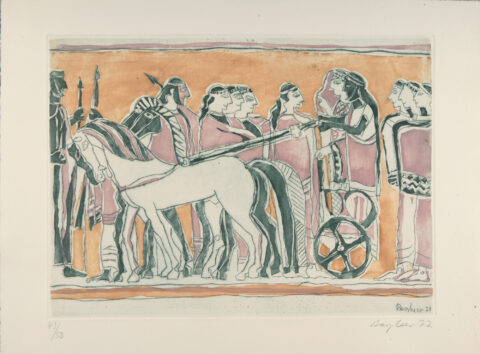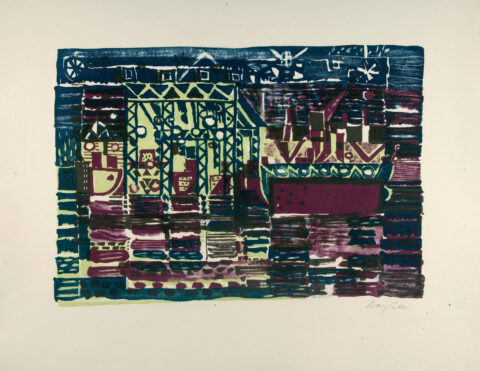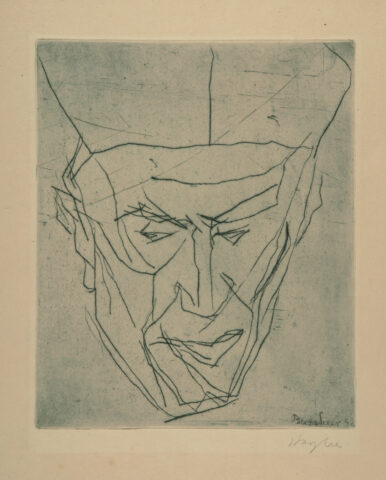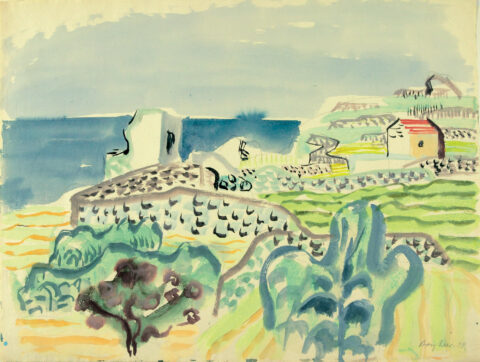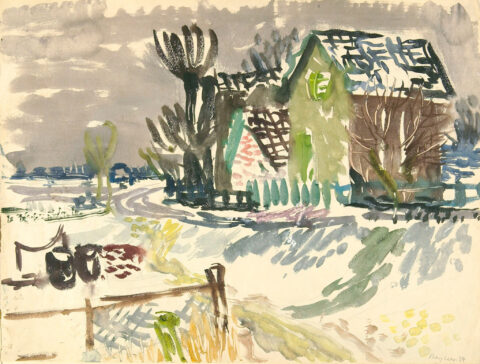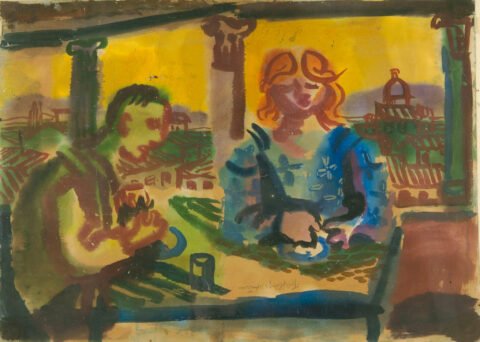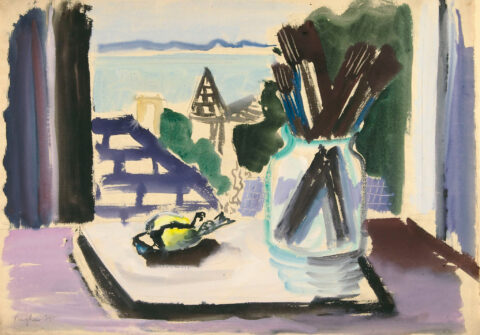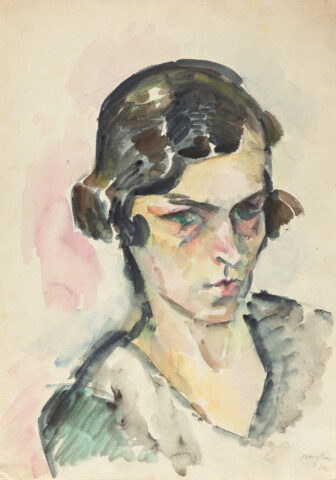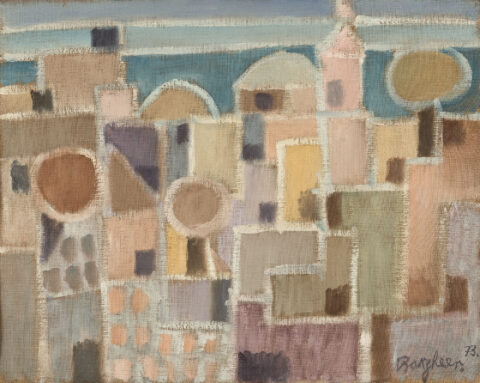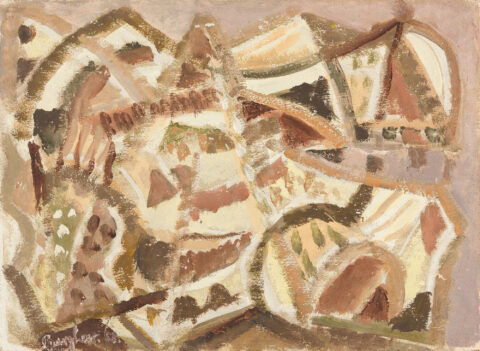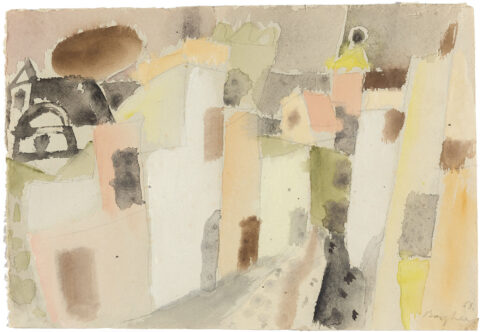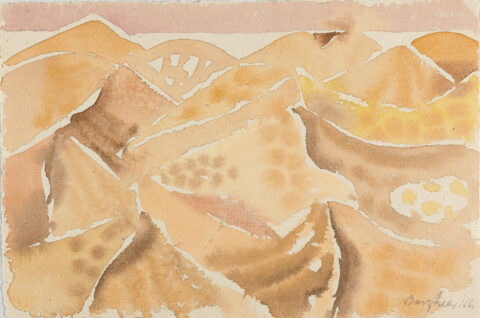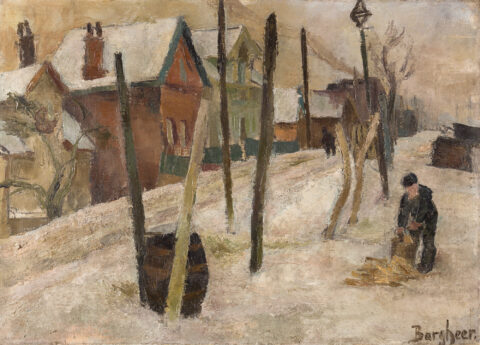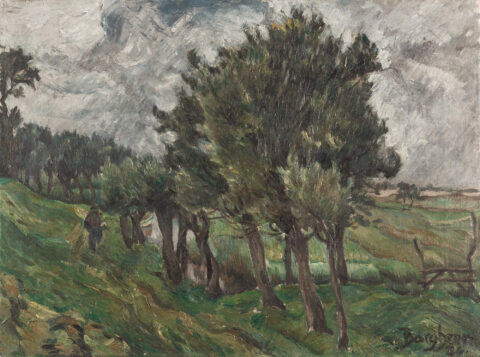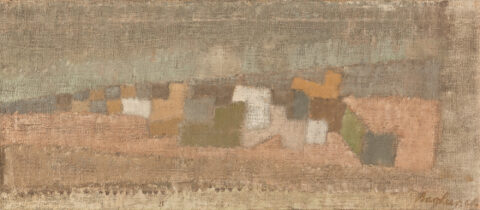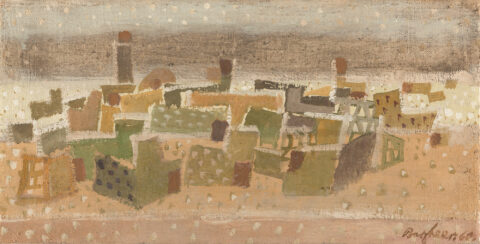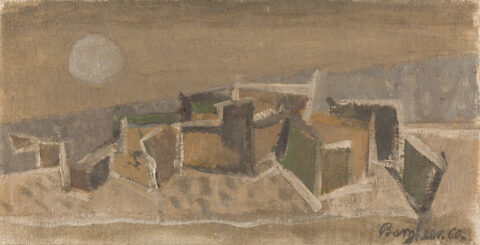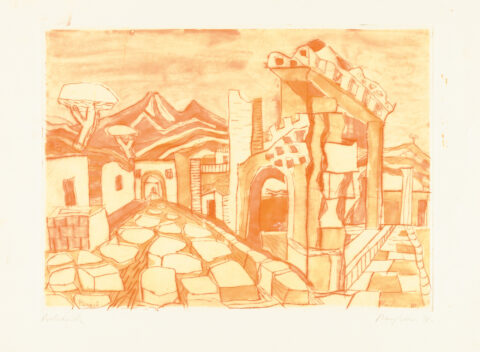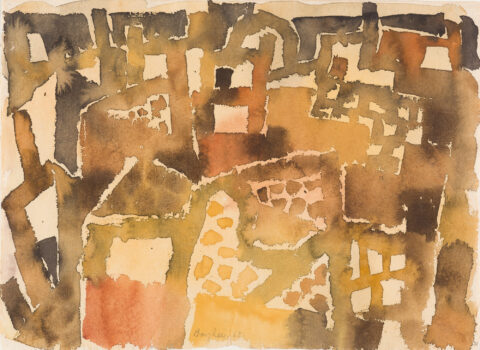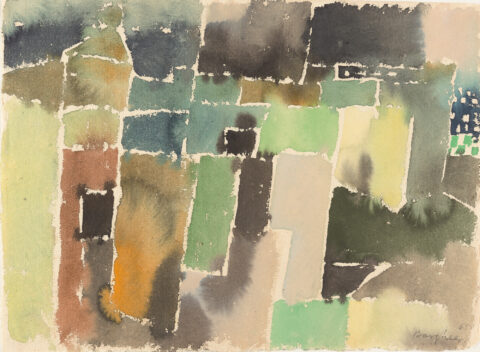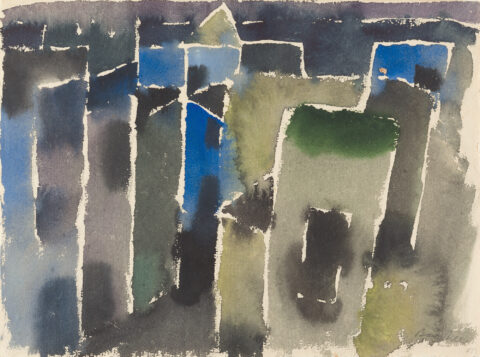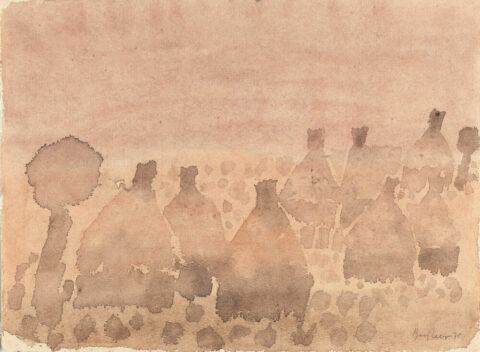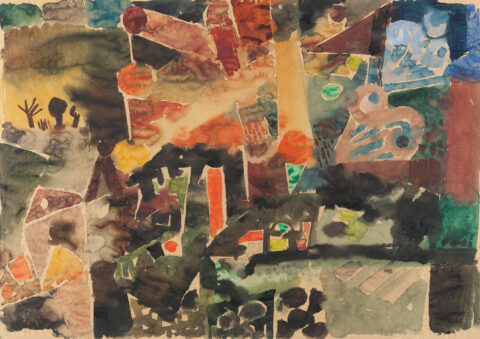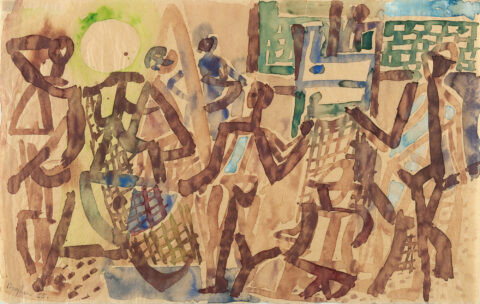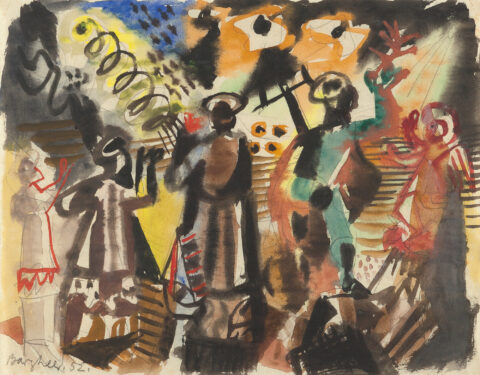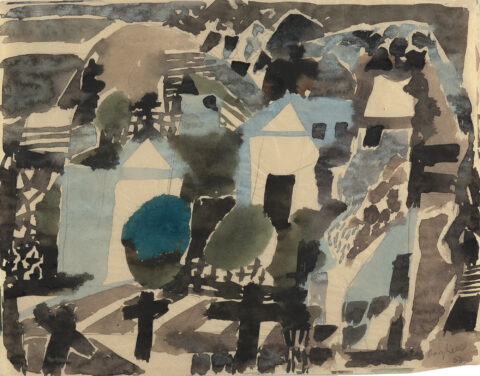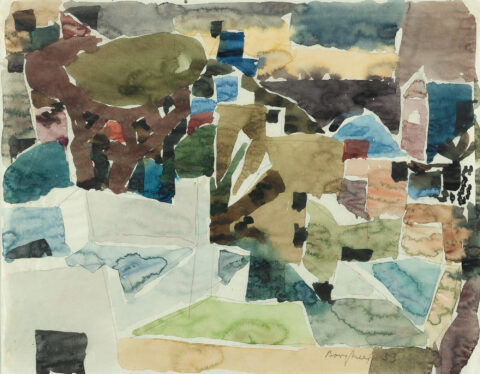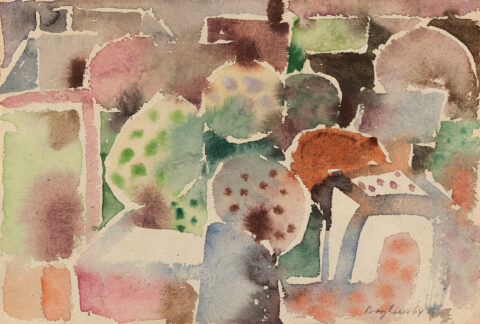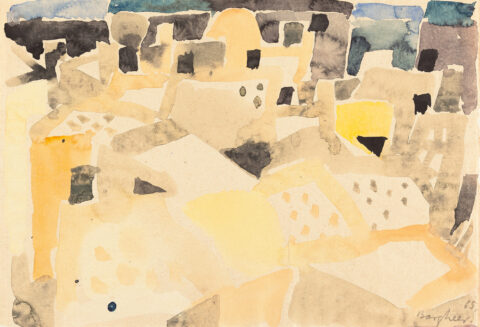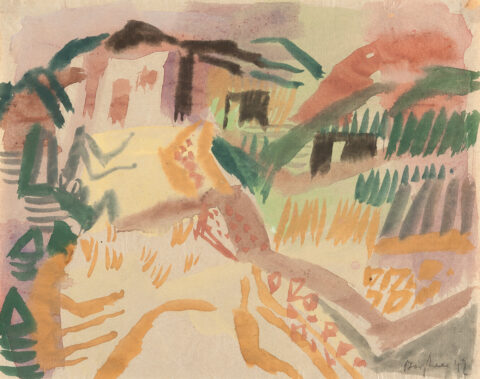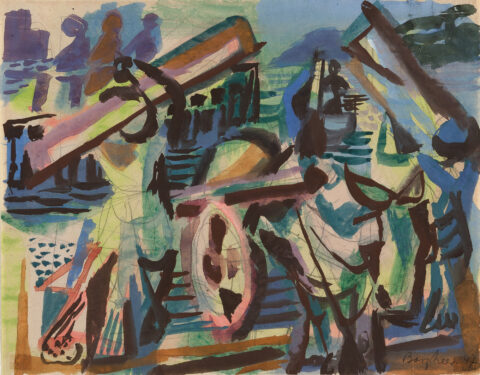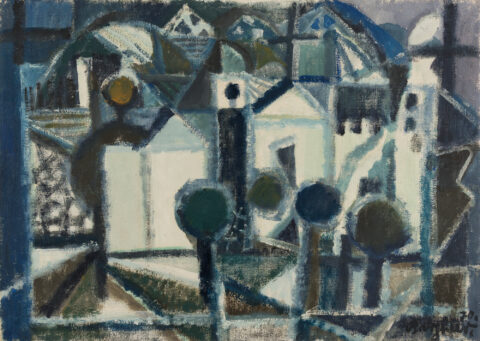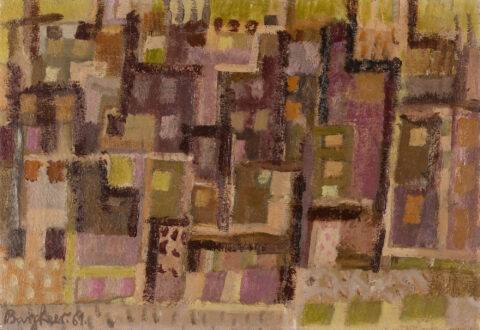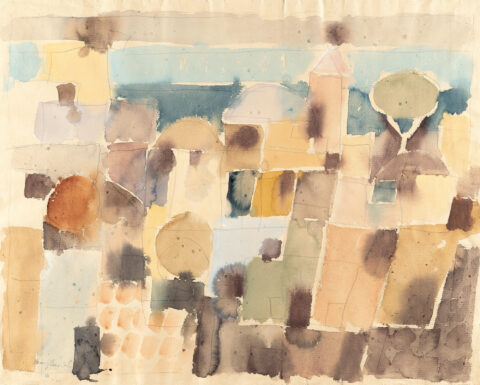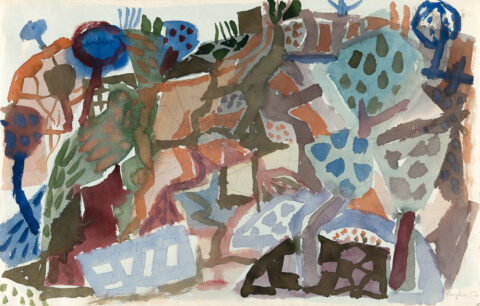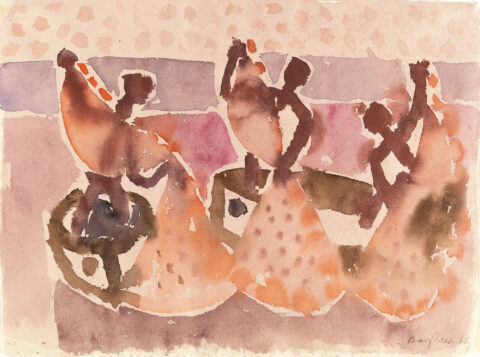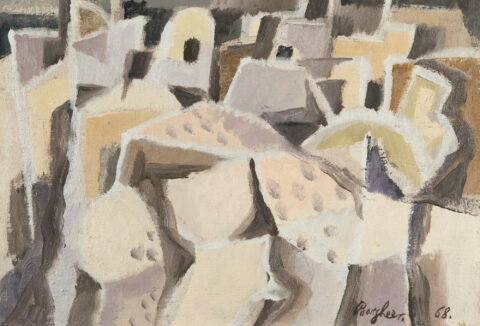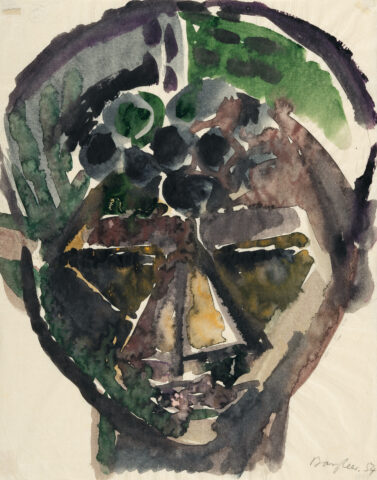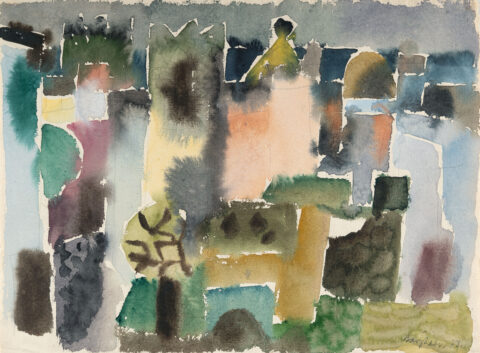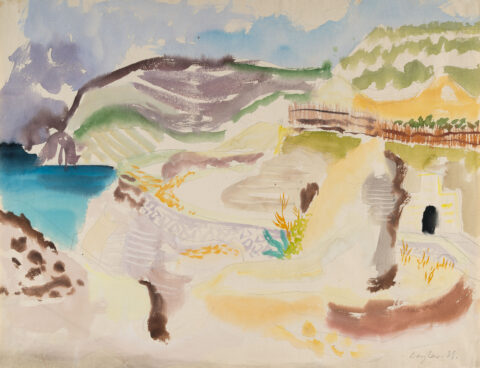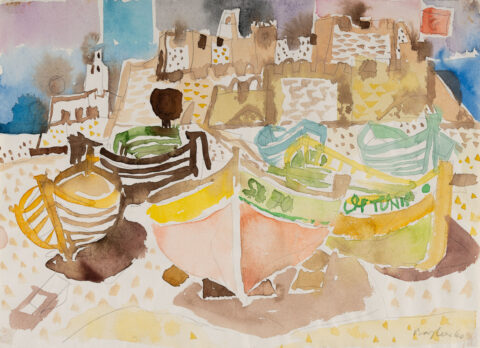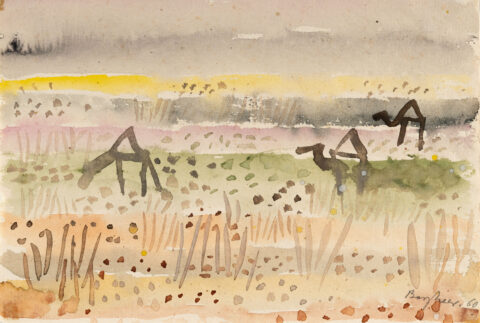Eduard Bargheer
Eduard Bargheer was born in 1901 on the Elbe island of Finkenwerder near Hamburg and grew up with 6 siblings. Even before he started school, a chance encounter with a painter on Finkenwerder awakened his fascination for painting and he began to paint with watercolours. In 1911 he visits the Hamburg Kunsthalle for the first time with his father. After the early death of his parents, his elder brother Ernst becomes his guardian. At his request, Bargheer initially goes to the Hamburg elementary school teachers’ seminar, but at the same time begins training at the arts and crafts school. In 1924 he decided to become a painter and there was a definite rift with his brother. Bargheer studied at Gerda Koppel’s art school and taught as a private teacher to earn a living. In 1925 Bargheer travelled to Florence for the first time, financed by the sale of two paintings. From then on, his love of Italy accompanied him throughout his life. In 1927 he exhibited at the Hamburg Secession, of which he became a member in 1929. After two of his watercolours were shown in the National Socialist propaganda exhibition “Entartete Kunst” in 1937 and prints from the Hamburg Kunsthalle were confiscated and destroyed, Bargheer went into exile in Italy in 1939 and lived in Forio on Ischia from 1947. He did not return to Germany until 1950, living in Hamburg in winter and on Ischia from spring to autumn. Bargheer became a guest lecturer at the Hochschule für bildende Künste Hamburg in 1957 and at the Hochschule der Künste Berlin from 1963 to 1965. From the 1950s onwards, large travelling exhibitions make Bargheer’s work known in Germany. In 1955 and 1959 he took part in the documenta in Kassel. From 1925 onwards, the artist travelled repeatedly to Italy, but also to Paris, Belgium, Holland, Denmark and England, and after the war to Greece, Spain, Tunisia, Morocco, Egypt, Mali and Senegal.
Bargheer’s early work was influenced by Edvard Munch and Expressionism. In 1936 he met Werner Gilles and Paul Klee, and his pictures subsequently became more abstract and friendlier in their colours. The southern landscape in particular became his main motif, the harmony of colour and light his main concern. Bargheer’s extensive oeuvre includes oil paintings, watercolours, drawings and prints as well as numerous mosaic works, murals and stained glass windows for public buildings. On the occasion of his 75th birthday and out of gratitude for the generous support he himself had received in his younger years, Bargheer set up a foundation to award scholarships to young artists. Eduard Bargheer died in Hamburg on 1 July 1979. Since 2017, the Bargheer Museum in Hamburg’s Jenisch Park has been showing his work and looking after his estate.


